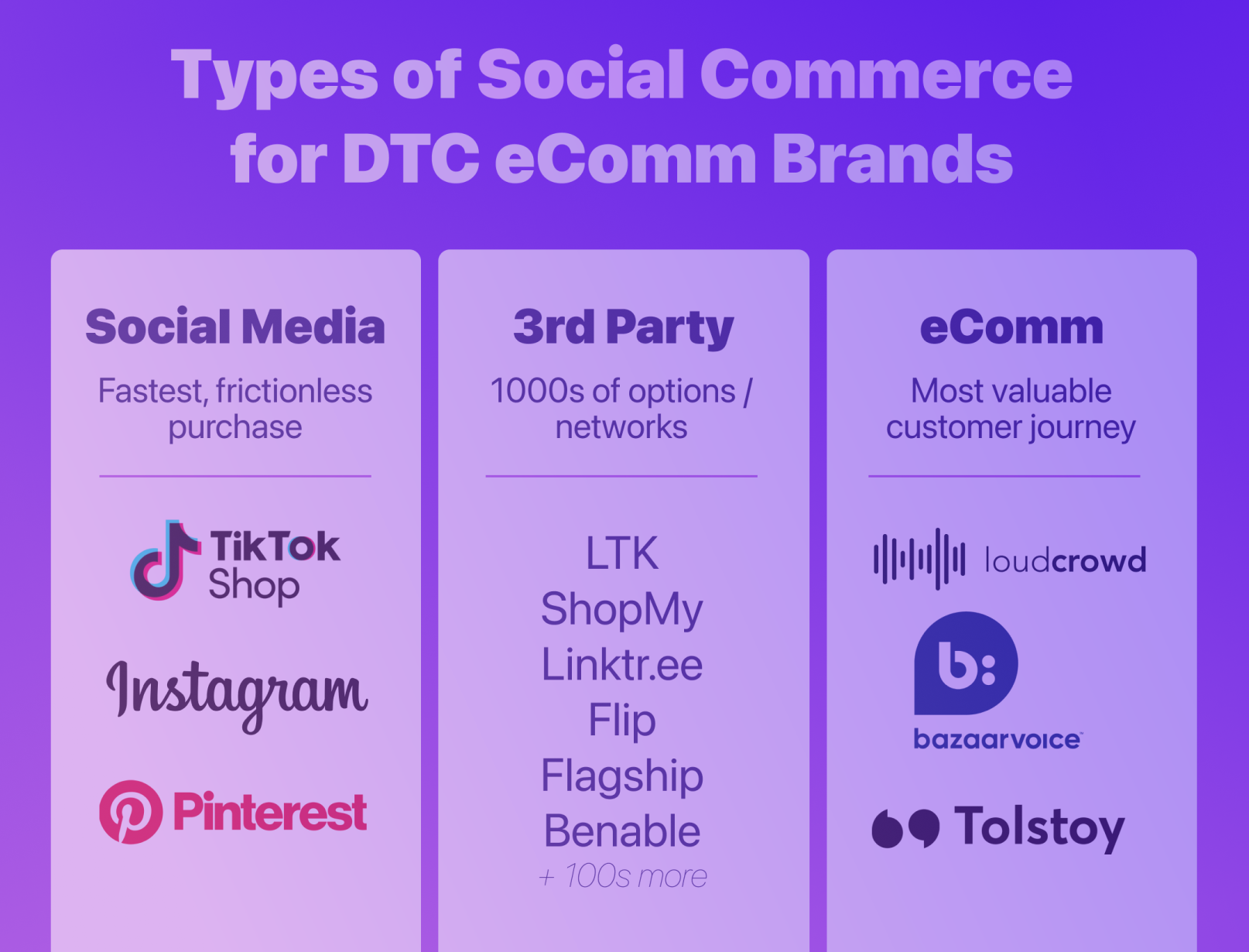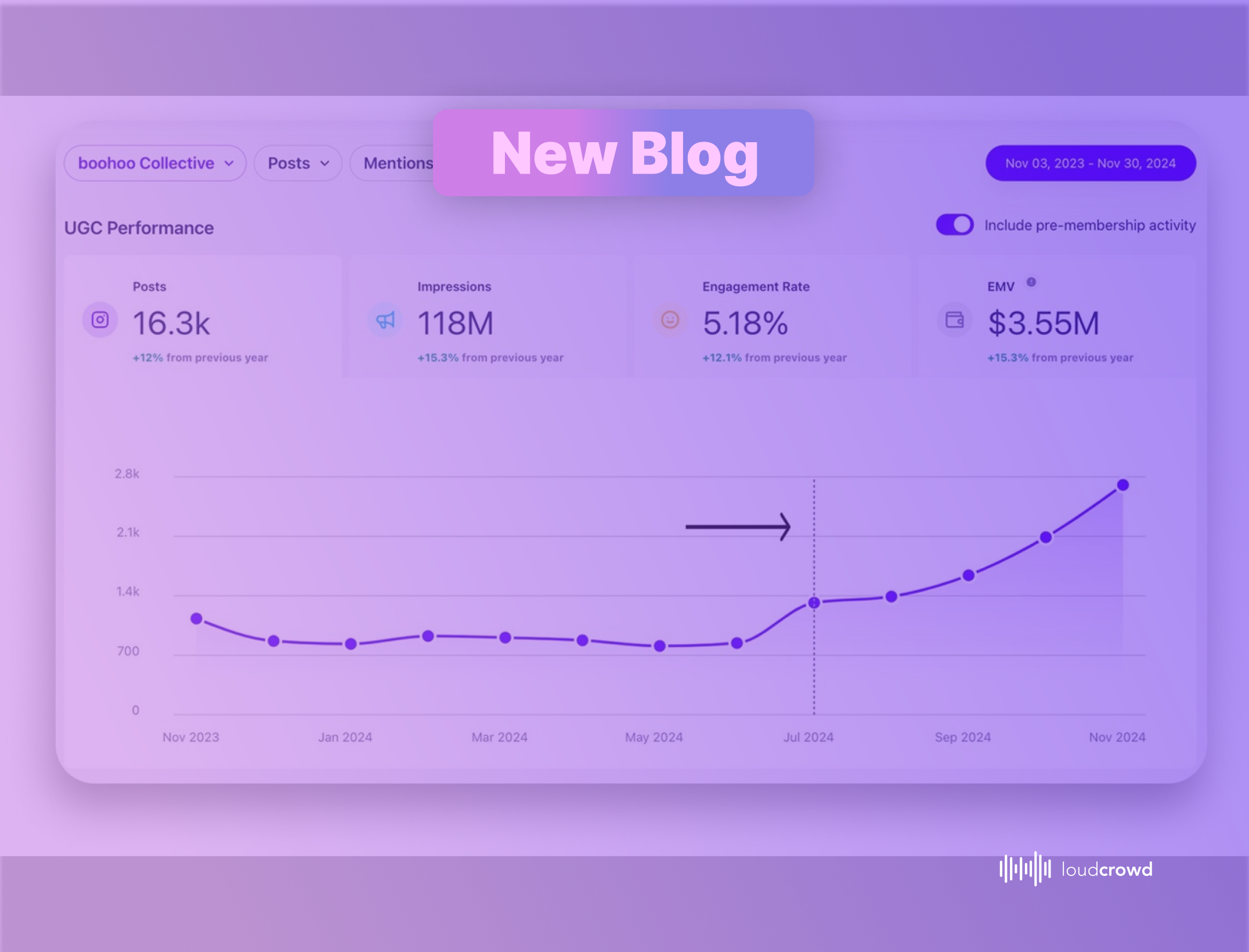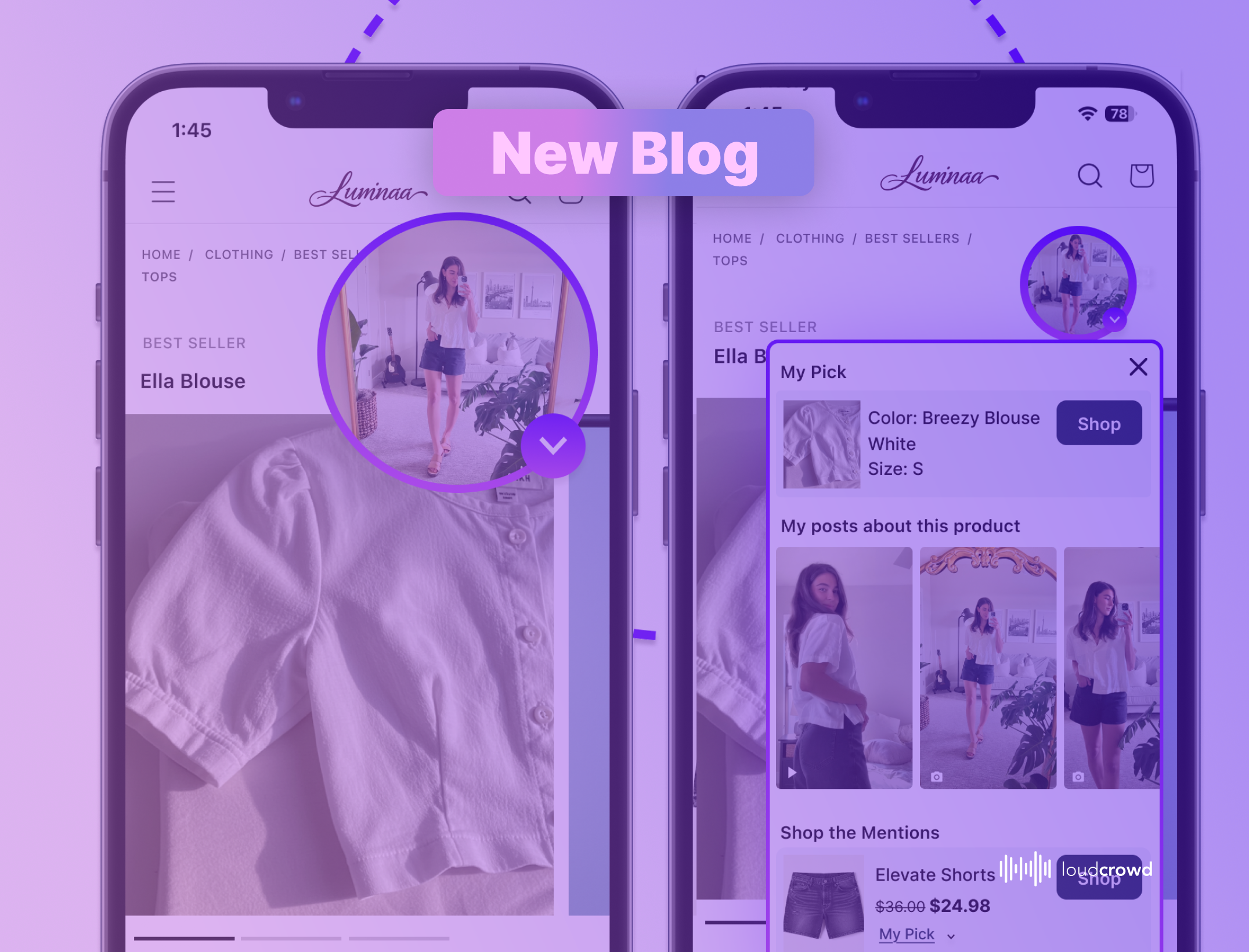How have social commerce capabilities expanded in the last few years, and how can brands take advantage of different social commerce platforms abilities?
Sprout, Hootsuite, and SalesForce all define social commerce as “the buying and selling of goods or services directly with a social media platform” (Sprout). While these platforms generally have respected blogs, in this case the definition is too narrow and out-dated.
Over the last few years, several categories of social commerce platforms have emerged. It’s not just TikTok and Instagram anymore. In this article, we’ll update the definition of social commerce, and create several subcategories of social commerce platforms.
The 2024 Definition of Social Commerce:
The buying and selling of goods and services via creator or user-generated content (UGC).
What is the difference? It accounts for all the nuances of how creators and normal customers are currently selling through social media. Over the last few years, the market has clearly shifted into three distinct categories of social commerce:
Social Media Platforms (That Support Commerce)
This is the largest category of social commerce, and the category around which Sprout / Hootsuite have defined social commerce. Within it, you’ve got several social media platforms that have greatly excelled at selling to customers on platform. The leaders in this space, unquestionably, are TikTok Shops, Instagram Shopping, YouTube Shopping, and Pinterest. To give you an idea of the scale of these platforms, the leader in TikTok Shop sales in June was a beauty brand called @Simplymandys who sold almost $2M in products, and the leading creator was @influencedqueens who sold $1.1M (Source: Euka).
Customer Experience:
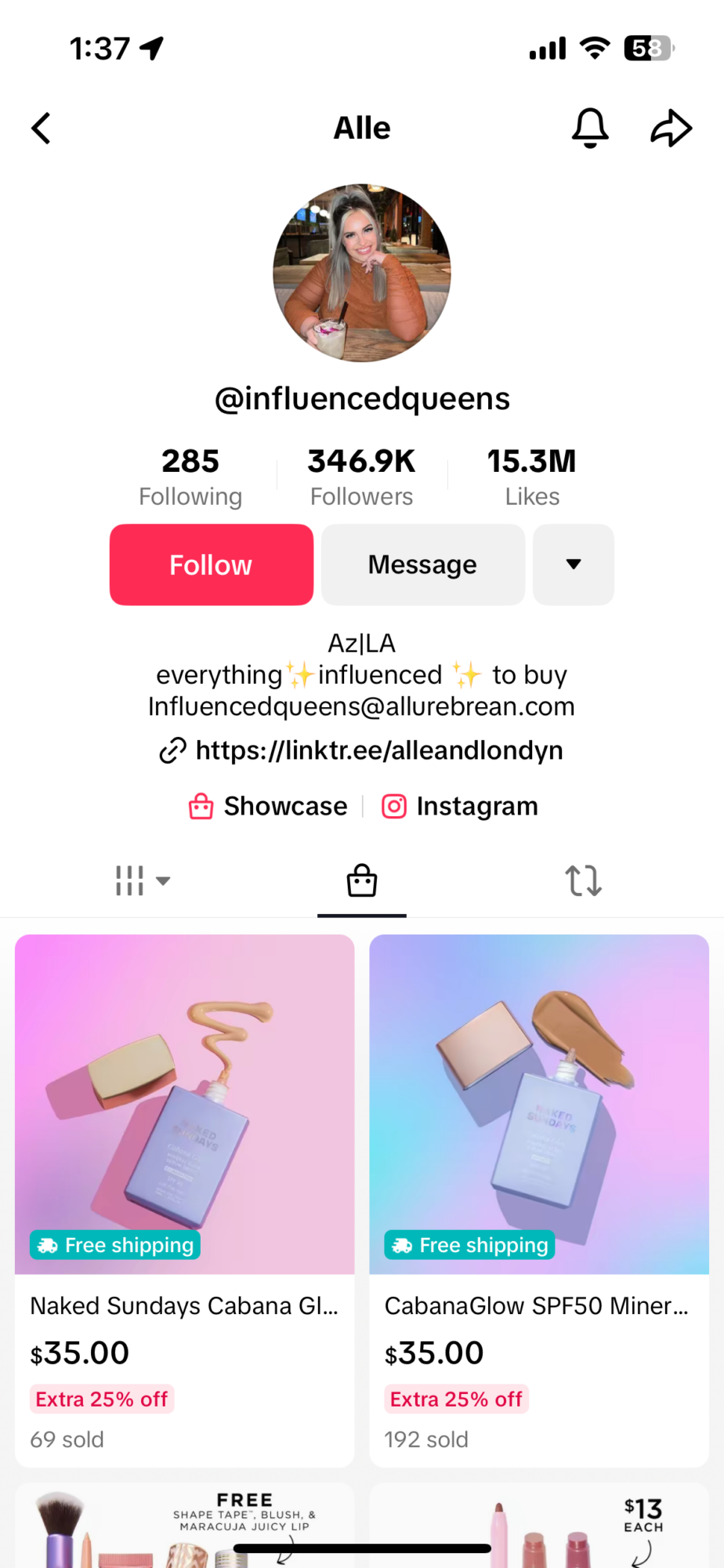
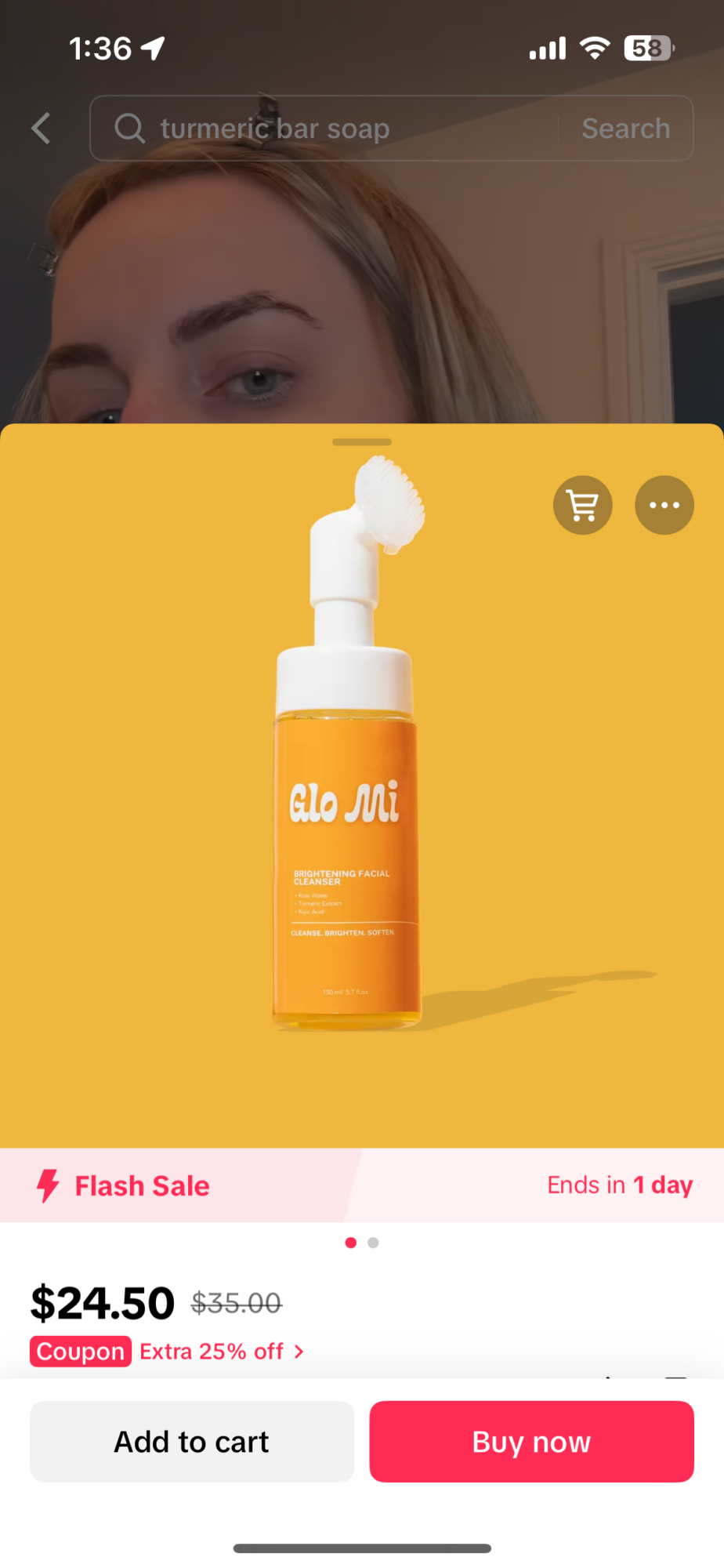
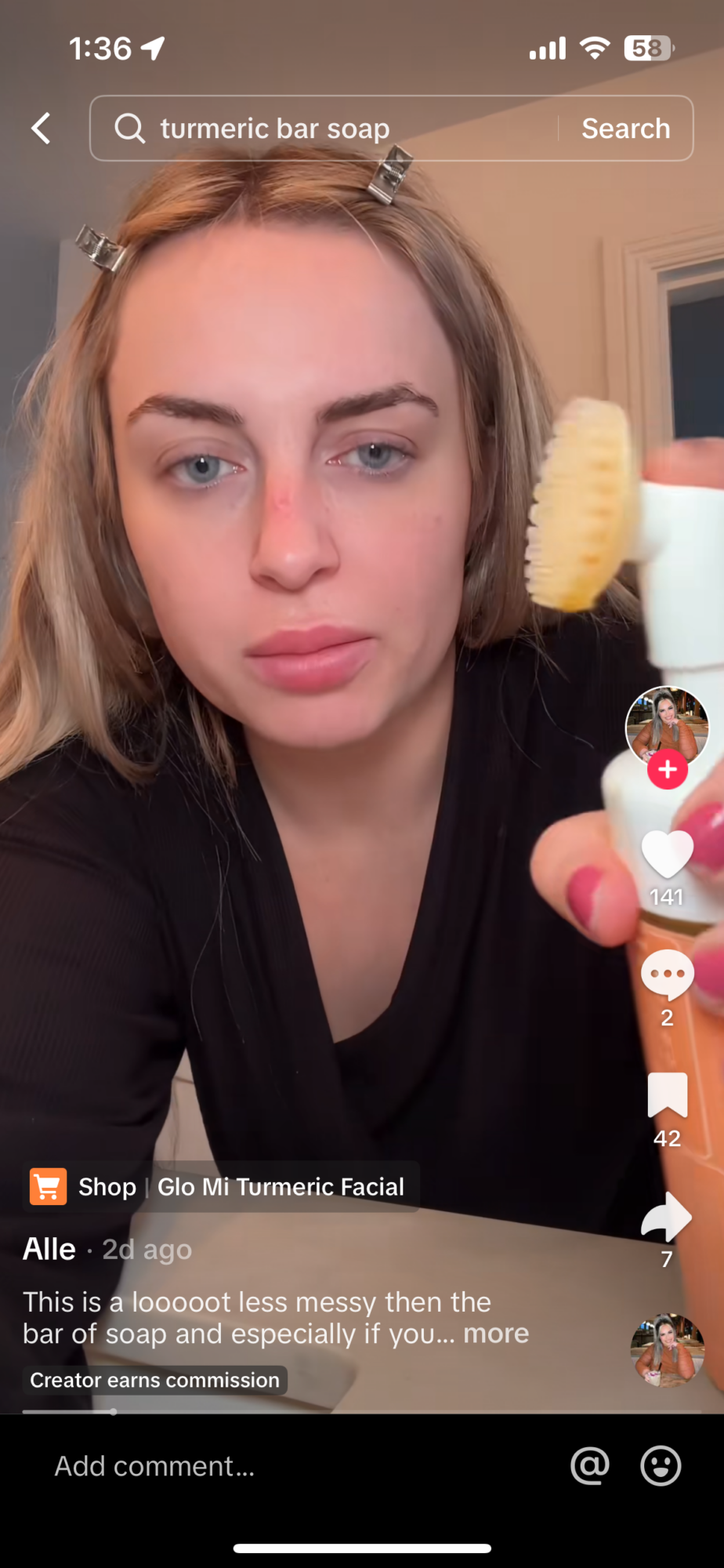
Pro’s of Platform Native:
Platform native social commerce is the biggest channel, and most brands that invest in socal should at least be experimenting with results here. Platform native offers by far the largest opportunity to create quick, impulsive purchases since the customer experience offers the fastest checkout. Lower cost beauty and apparel brands with easy to communicate, compelling stories can really, really excel here.
- Fast, impulsive checkout
- High likelihood of success for AOVs between $15-35
Negatives of Platform Native:
The problem with a platform native experience is that a consumer gets no exposure to the brand. That means that you have almost no ability to build your brand equity with the consumer. You capture minimal data. And it is the hardest to put them in a loyalty flow and drive repeat purchases. Expect the lowest AOV and cLTV in this channel, but potentially the highest volume depending on how compelling the brand / price point / creators can be in short-form.
- Low AOV, cLTV
- Minimal brand exposure
Third Party Social Shopping Platforms
One of the two emerging social commerce channels, this channel is defined as third-party shopping tools that allow creators to sell their product curations via their social content. While the experience of third-party creator shopping platforms is similar to social platforms, the consumer experience and transactions ultimately happen on a third party site. Examples of this are LTK, ShopMy, and Flagship.
Customer Experience:
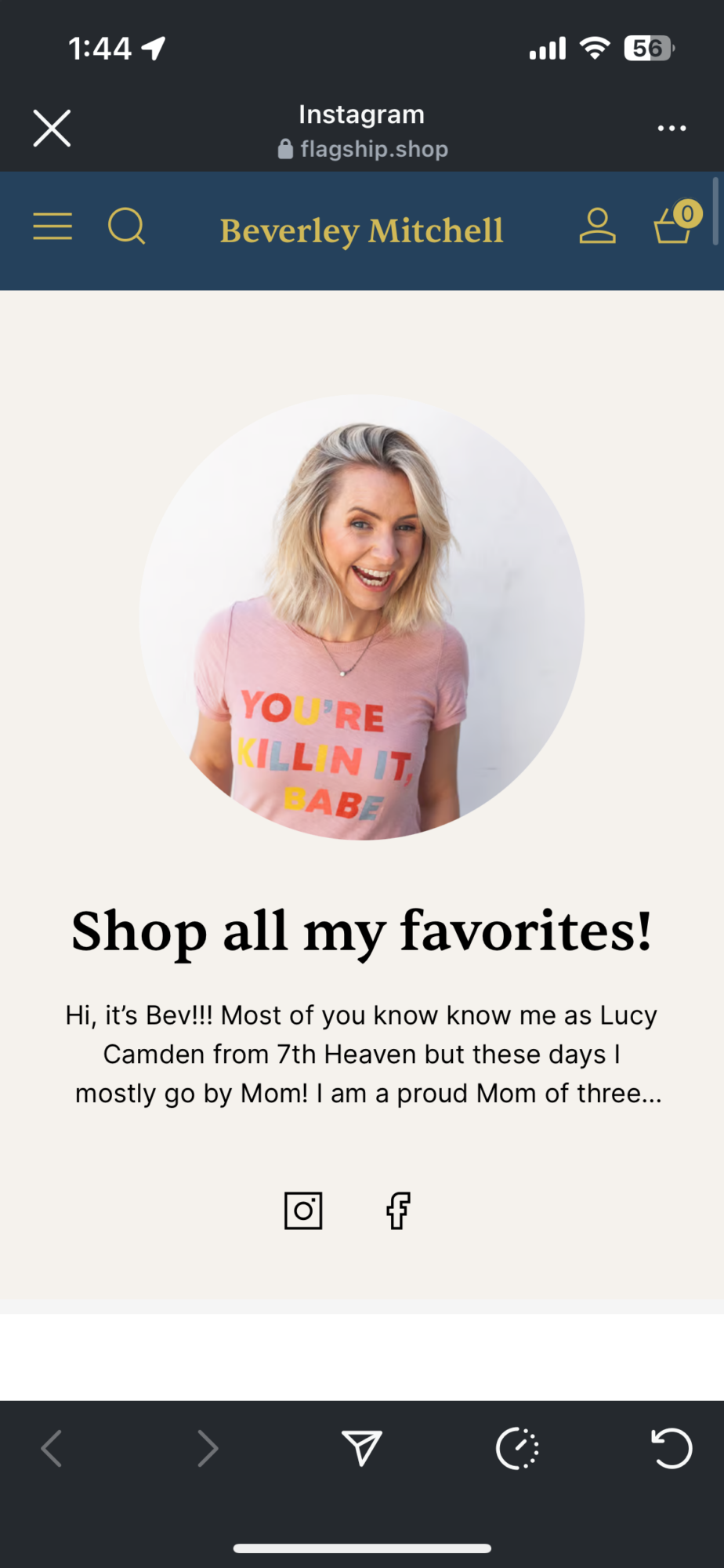

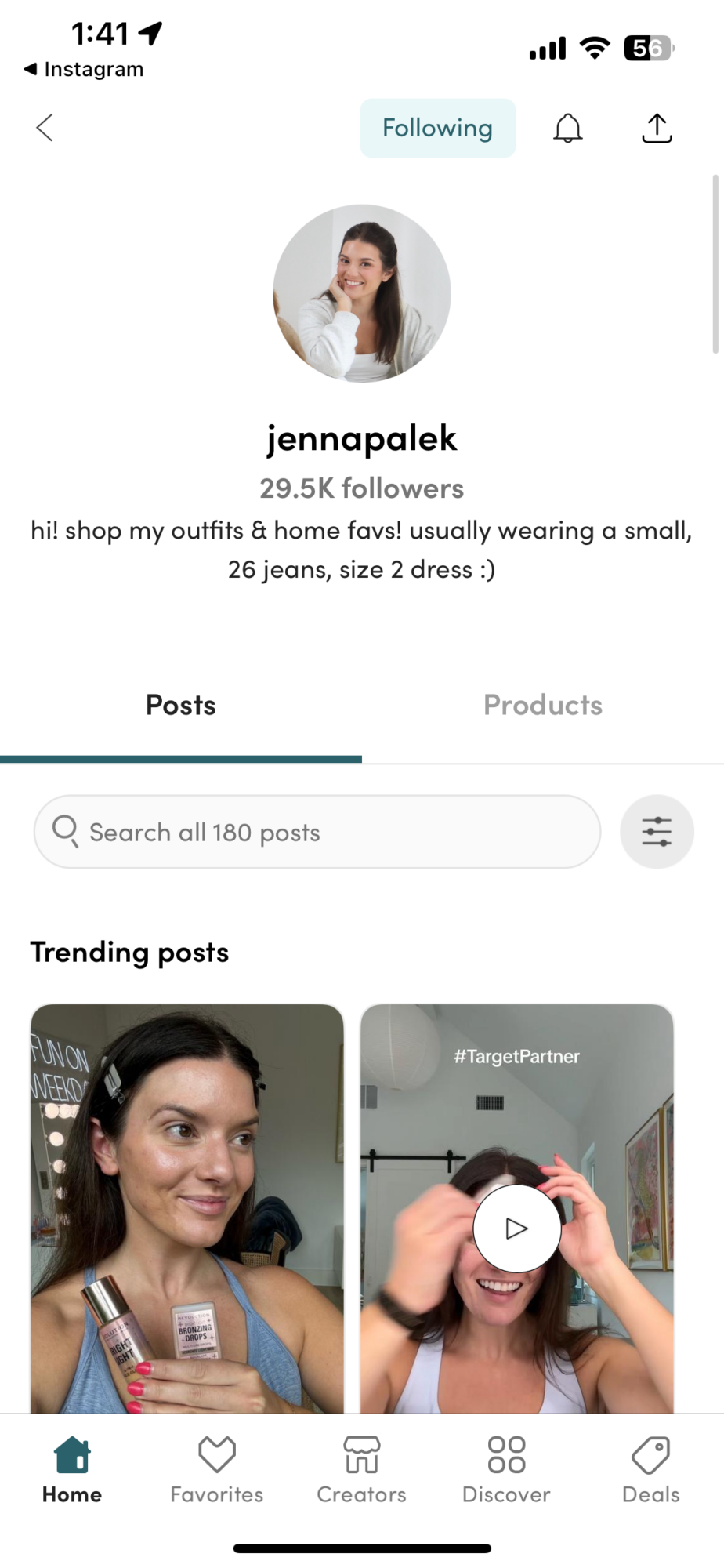
Pro’s of Third Party Creator Shopping Platforms:
The big advantage of third party creator shopping platforms is that these are great companies, with great founders, building an amazing shopping experience. Instagram, TikTok, Youtube, and Pinterest have built shopping experiences that fit very seamlessly into their platforms. That doesn’t mean they are necessarily perfect customer experiences.
ShopMy, Flagship, LTK, etc. have built delightful shopping experiences for consumers, and really smooth creator experiences to build these pages. Generally, they have more tailored, smoother software than the actual social platforms. Creators and consumers both love them.
- Great shopping experiences
Negatives of Third Party Creator Shopping Platforms:
Third party platforms have two major issues. The first is that the platforms have a slightly longer checkout experience vs. the native Apps. TikTok Shop checkout is going to be faster and easier than LTK.
- Low AOV, cLTV
- Minimal brand exposure
- Longer checkout than native platform
eCommerce Platforms (that support social selling)
The newest of the categories of social commerce. This is social commerce that can be injected into a brand’s eCommerce. Using shoppable social content on the site, and building shopping experiences around creators have both proven to be valuable for creators trying to drive more commerce from social media, and brands monetizing their existing traffic on the eCommerce. Companies in this space include LoudCrowd, Tolstoy, and Bazaarvoice.
Customer Experience:
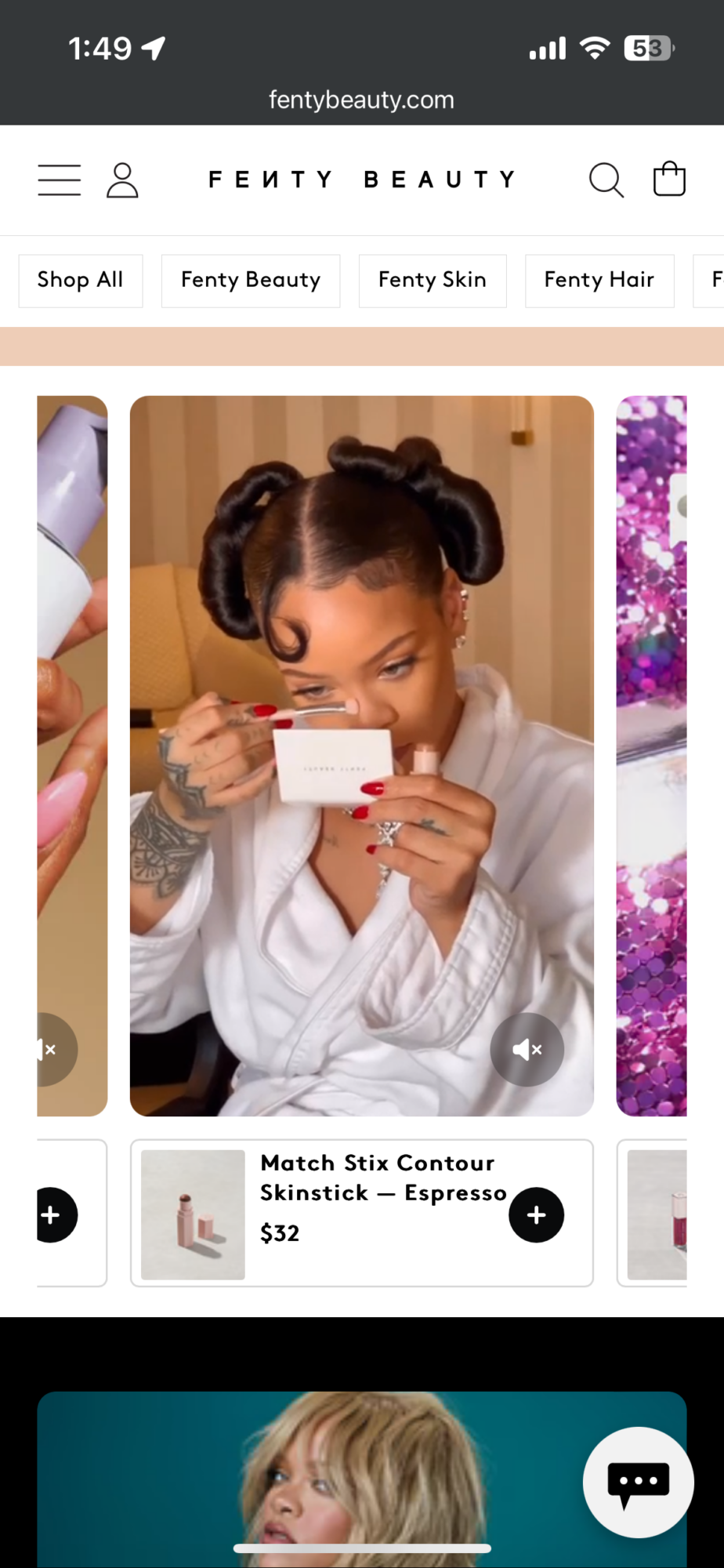

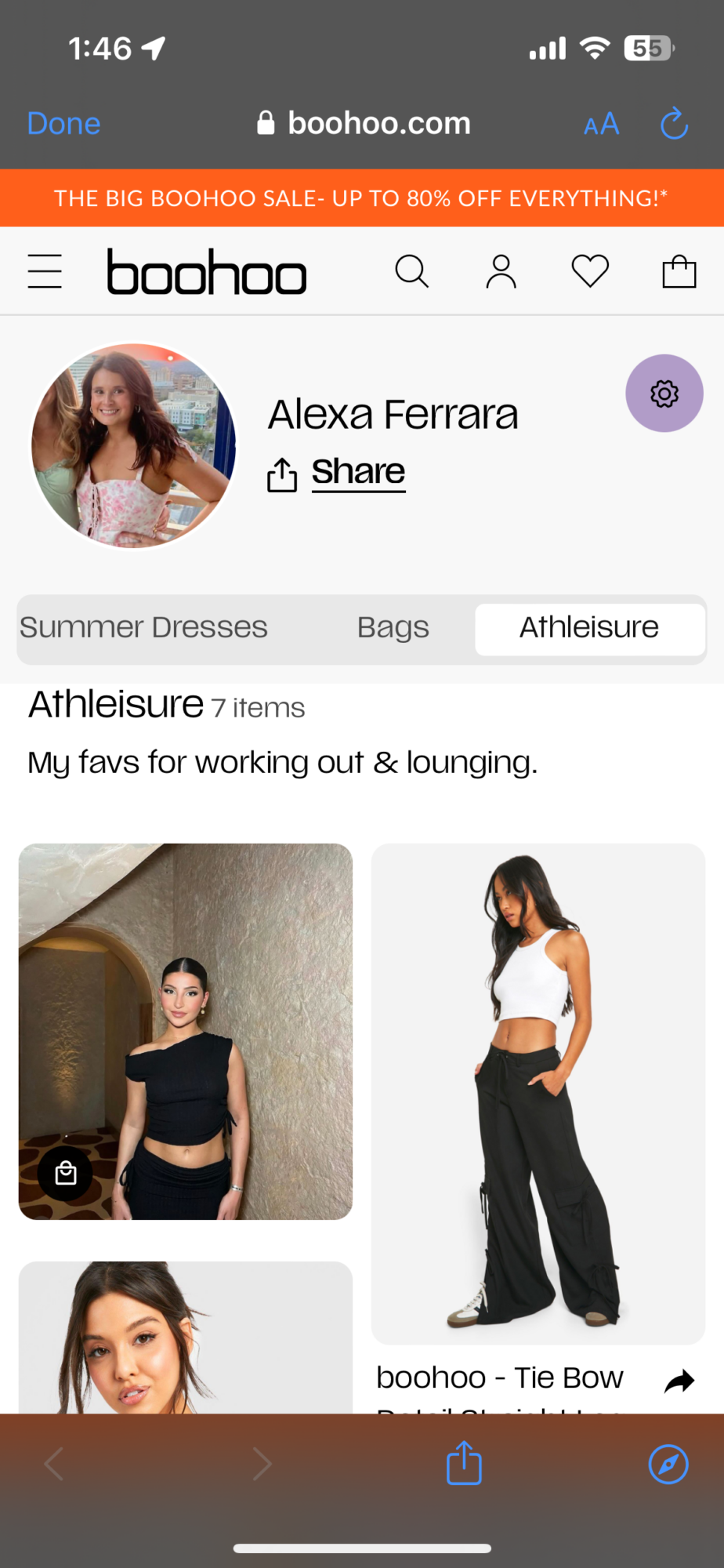
Pro’s of eComm Native Social Commerce:
Since this installation of social commerce is created in the context of the brand’s eCommerce and fully branded, these tools create the most value for brands. Customers acquired through ecomm native social commerce have higher AOVs and cLTVs since their customer journey allowed the brand to build brand equity.
This type of social commerce also has the added benefit of integrating with every channel and current source of traffic. Customers coming in from organic social will have a really seamless transition from the platform to the eCommerce. Organic / search customers can have an enhanced customer journey that has all the benefits of social discovery. And for paid social, brands can now drive social commerce ads to their website that will experience higher conversion rates and minimal context shifting.
- Most brand equity
- Higher AOV, cLTV
- Additive for paid, organic, and social referral channels (basically all channels)
Con’s of eComm Native Social Commerce:
For impulse shopping, social platform native offers a faster checkout experience. Like third party platforms, purchases are not made directly on the social platform (so an extra click).
- Longer checkout than the native platform
Conclusion:
Social commerce is a critical component of the consumer experience in 2024. Brands need to use user-generated content (UGC) to help them sell their products. Shoppable content can be implemented at several levels:
- On the social platform (IG, TikTok, etc)
- On a third party shopping platform
- On the eCommerce
Brands should experiment with all three channels to determine which channels have strong economics. For many brands, that might be all three channels, since shoppable content is so important to consumers.
For brands looking to maximize LTV and build a premium experience, building social commerce into the eCommerce platform is the most important. If a brand is looking to drive the most transactions (but are less concerned with repeat purchases), social platforms like TikTok Shops should be a top priority. And third party platforms can easily be added to both as an additional channel.
